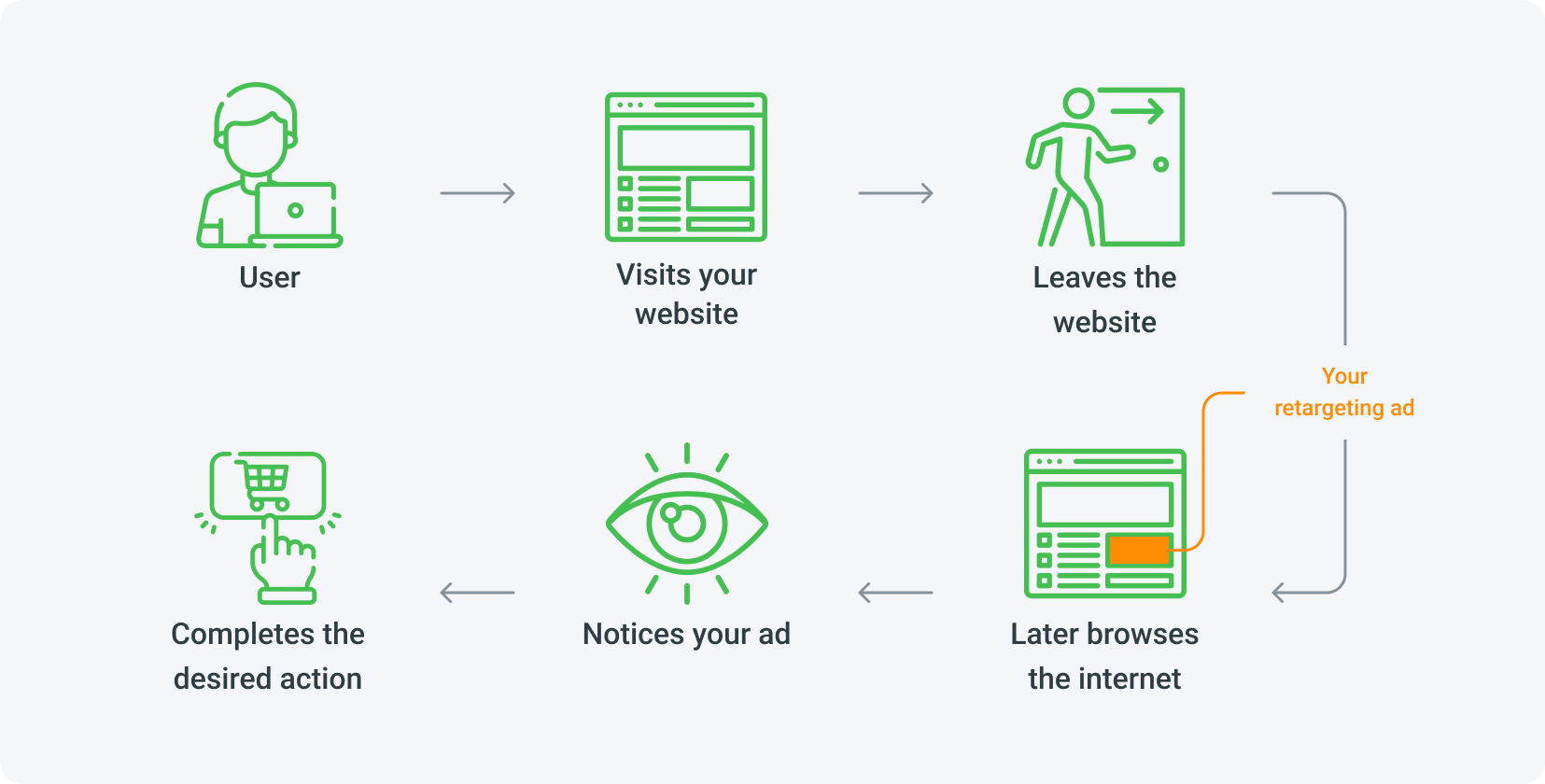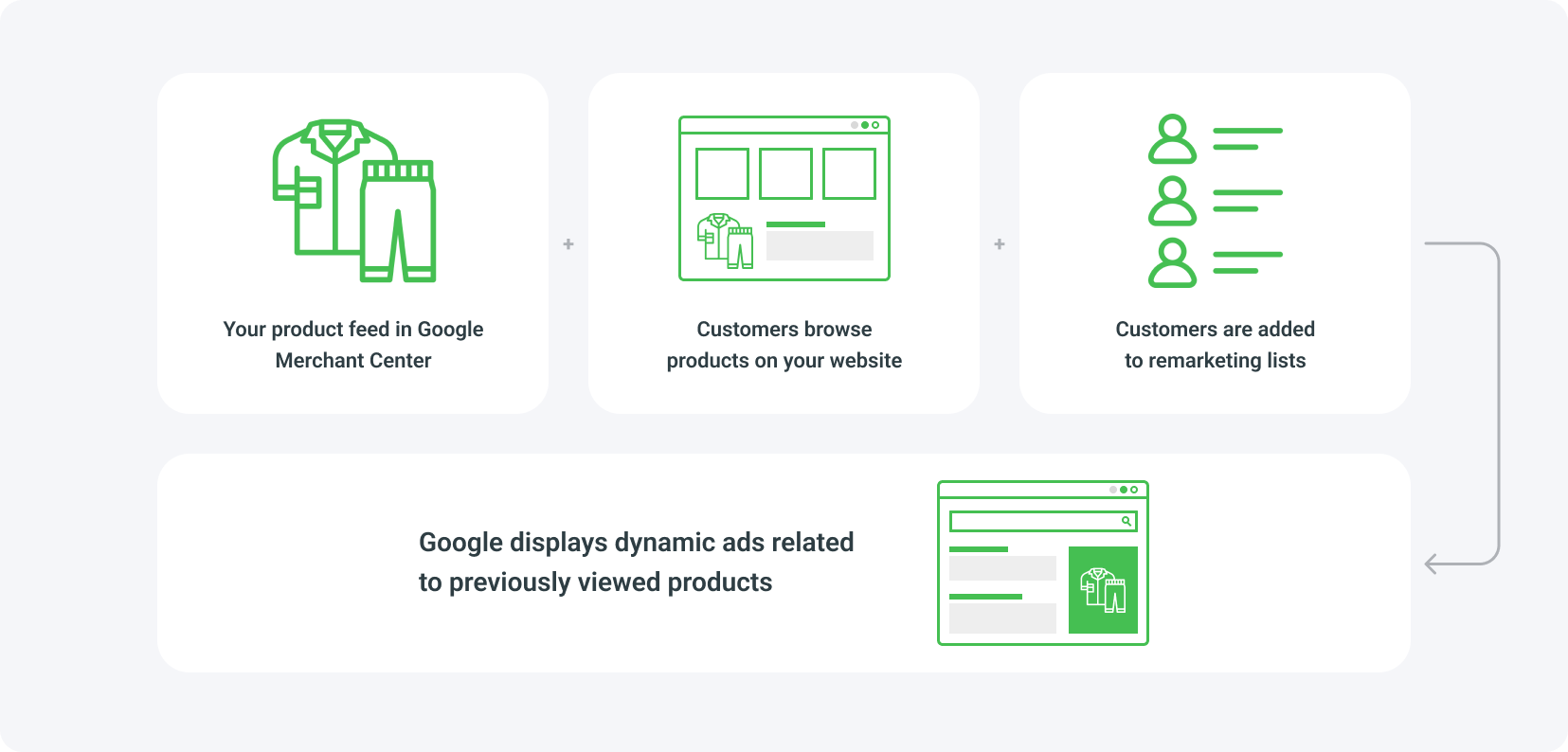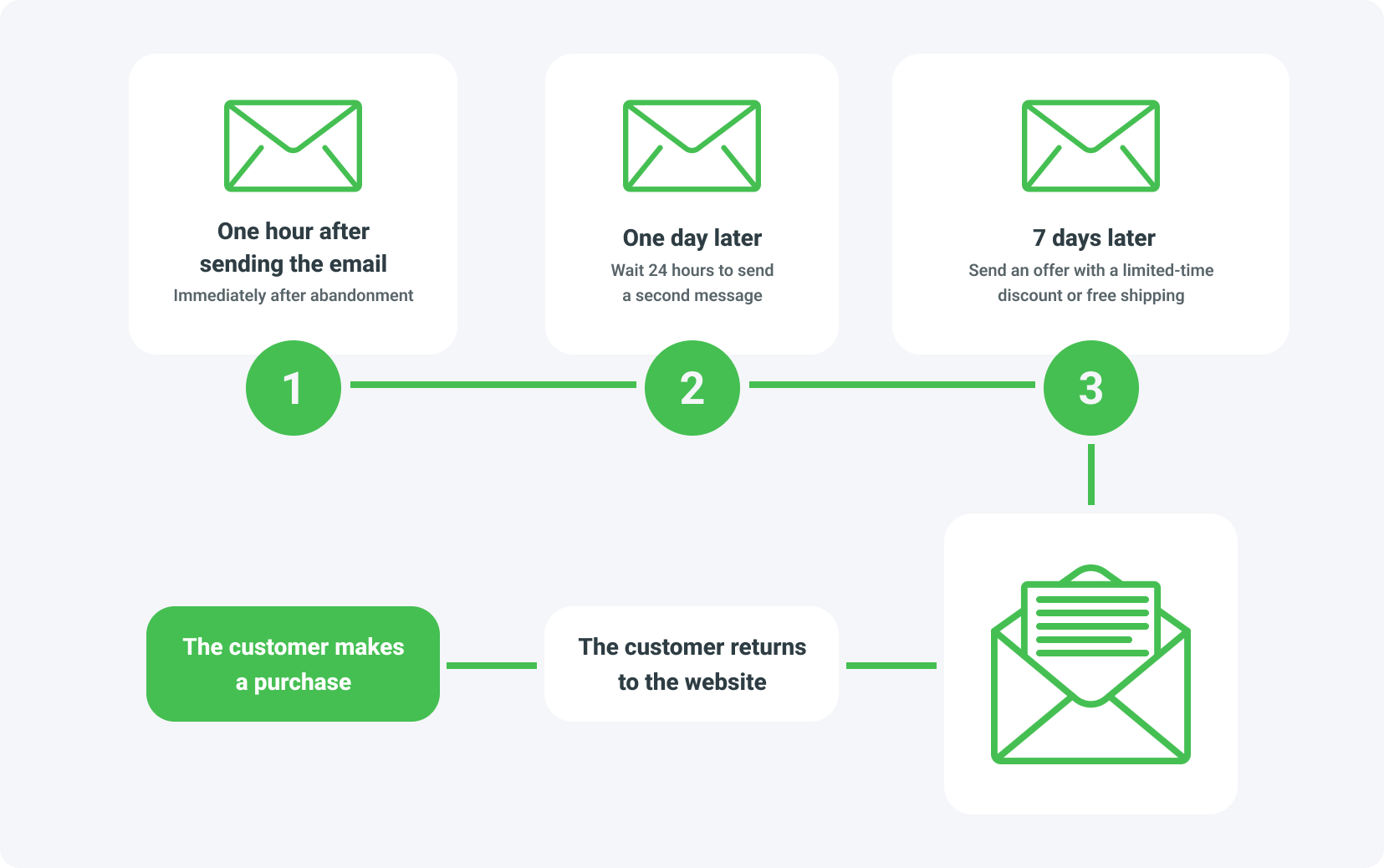
Blog / Affiliate marketing
Retargeting strategies. How to get back abandoned users?
This article is updated regularly
Last update:
03 September 2025
In affiliate marketing, one of the biggest challenges is dealing with what we often call “lost opportunities”. Sometimes, a user visits a website, browses, clicks, and then... disappears without a trace. Why? Perhaps they hesitated during the purchasing process, or maybe something distracted them. An abandoned page represents a lost conversion - but only temporarily. Thanks to retargeting, we have a way to reconnect with these abandoned users and say, “Hey, remember how you were interested in that thing? We’ve got more for you!
For publishers, retargeting is a powerful tool to re-engage users. But using the technique effectively requires more than just knowing it exists; it’s about mastering its application. In this article, we’ll show you specific retargeting strategies and answer key questions: How do dynamic retargeting ads work? How can you leverage audience segmentation? And what can you do to harness the full potential of retargeting automation, driving better results as an affiliate publisher.
Settle in, because this article is not just a collection of techniques; it’s an invitation to a world where every lost conversion is just a temporary obstacle on the path to success.
What is retargeting?

Retargeting – a word that sounds mysterious to some and routine to others. Imagine this scenario: you enter a store, browse various products, perhaps even add something to your cart, but ultimately leave without purchasing anything. In the online world, these situations occur constantly - users visit a site, spend a moment, click on an offer, browse products, and then... vanish. Affiliate publishers know that these abandoned carts and missed clicks represent enormous potential. Retargeting is the method by which you, as a publisher, can reach out to these users again, remind them of your presence, and give them a reason to return.
Why do users leave websites?
There are countless reasons. Sometimes, it’s something small: lack of time, momentary hesitation, or a sudden email that distracts them. But often, bigger factors come into play: the readability of the site, ease of navigation, or even the credibility of the brand. Many users conduct research first, compare offers, and then return to make a purchase - and this is where retargeting becomes critical.
Why should you work on re-engaging abandoned users?

In affiliate marketing, every lost conversion is potentially “money left on the table” - you just need to reach for it. Re-engaging abandoned users isn’t just about salvaging individual chances; it’s about employing a retargeting strategy with immense potential to boost revenue. Well-planned campaigns can work wonders, turning fleeting user interest into meaningful actions that generate income.
Increased conversions through re-engagement
Most users don’t convert during their first visit - they may be deterred by price, uncertainty about the product, or simply lack time to make an immediate purchase. With retargeting, we can remind them about our products or services at the right moments. For example, dynamic retargeting ads tailor content to what the user viewed previously, showing them exactly what caught their attention. Studies show that retargeting ads can boost conversion rates by up to 70%! Imagine the impact such an improvement could have on your monthly affiliate marketing results.
Keeping users in the sales funnel
An abandoned user isn’t lost forever - quite the opposite. They are often in a stage of reflection, analysis, or comparison. With retargeting strategies, we can keep them engaged, gently yet persistently reminding them of our offerings. The longer a user stays connected with our products, the higher the likelihood they will eventually make a purchase. Moreover, consistent reminders can build a sense of brand loyalty, increasing the chances of future conversions.
Increased revenue through effective
It’s not just conversions that grow - the shopping cart value of a returning customer often increases as well. Re-engaging users with retargeting allows them to mature in their decision-making process, leading to actions like signing up on your site or downloading an app. Through personalization and audience segmentation, you can tailor messages to users who have shown interest in making a purchase, guiding them toward higher-end products or additional services. A larger shopping cart or greater engagement ultimately translates into higher earnings for you as a publisher.
Best retargeting tools

If you want to retarget users and encourage them to return to your site effectively, you need the best tools. Fortunately, there are platforms that simplify the entire process. Here’s how you can make use of them in your retargeting campaign:
Google Ads
Google Ads gives you access to an extensive advertising network, allowing you to reach users wherever they are - on websites, in apps, or through search results. This tool uses cookies to track user behavior, enabling you to display relevant ads.
Learn more about dynamic retargeting ads with Google Ads HERE.
Why it’s worth it?
You have control over where and when your ads appear, letting you target users ready to take specific actions or make purchases.
What it means for you?
You won’t lose users who have already shown interest in your offer. Instead, you maintain their attention and increase the chances of conversion.
Meta Ads
MailChimp
Criteo
AdRoll
Best retargeting strategies for affiliate publishers
Retargeting based on cookies and pixels

Dynamic retargeting ads

Dynamic retargeting ads automatically tailor ad content to what the user browsed on the site. It's like offering users exactly what they previously found interesting, reminding them about specific products or services.
Example: Michael, an affiliate publisher specializing in sports fashion, promoted a partner store offering clothing and accessories. Using dynamic ads in Google Ads, he targeted users who visited product pages with ads featuring the exact products they viewed, such as running shoes, sports hoodies, or training bags. This personalization made the ads more engaging and effective.
Email retargeting

Email is one of the most powerful forms of retargeting. If a user has left their email address (e.g., by subscribing to a newsletter or creating an account), you can use this information to contact them directly. Email retargeting is especially effective when combining segmentation and personalization, creating campaigns tailored to the user’s interests.
Example: Kasia, who promotes a dietary supplement affiliate program, had a mailing list of subscribers who signed up for her fitness tips newsletter. She used the email addresses to run a retargeting campaign targeting users who visited the product page but didn’t make a purchase. Her emails included special offers, such as “Exclusive for You: 10% Off Your First Purchase!”
Personalization and segmentation

Personalization and segmentation allow you to better match content to the audience based on their previous actions on the site, interests, and purchase history. Thoughtful segmentation enables dividing users into groups like "frequent browsers," "cart abandoners," or "interested in premium products."
Example: Tom, a publisher specializing in electronics, segmented his audience by interest. For users browsing expensive products like laptops and smartphones, he launched retargeting campaigns with slogans emphasizing the quality and exclusivity of the products. The ads targeted premium product enthusiasts who had visited the site.
How to use retargeting?
As a publisher, you can implement retargeting in two ways, depending on your technical setup and strategy:
Conclusion
Retargeting is an indispensable tool in the arsenal of any affiliate publisher. It helps you effectively recapture the attention of users who left the site without taking action. This article covered various strategies like dynamic ads, email retargeting, and personalized campaigns that not only increase conversions but also build lasting relationships with your audience.
The key to successful retargeting is combining the right tools, like Google Ads, Meta Ads, or MailChimp, with thoughtful segmentation and precise targeting. Using these methods can help you recover abandoned users, increase cart value, and boost affiliate program revenue.
Remember that every lost conversion is an opportunity to show users that your offer is still waiting for them. Harness the power of retargeting and ensure no abandoned cart goes unnoticed!
If you don’t yet have a specific plan for retargeting, we recommend taking advantage of the free audit offered by MyLead. It helps identify weak points in your campaigns and provides guidance on reducing user or customer loss. Contact our support team to learn more and make the most of your retargeting potential!
